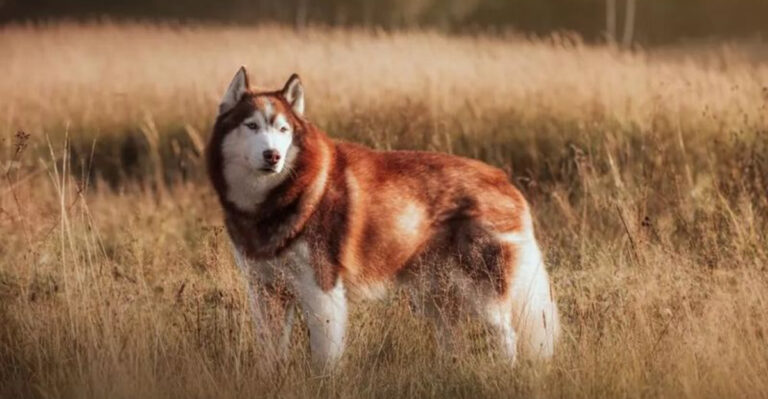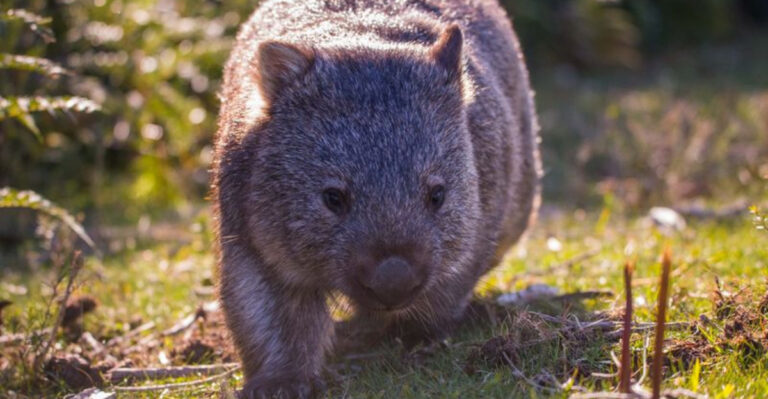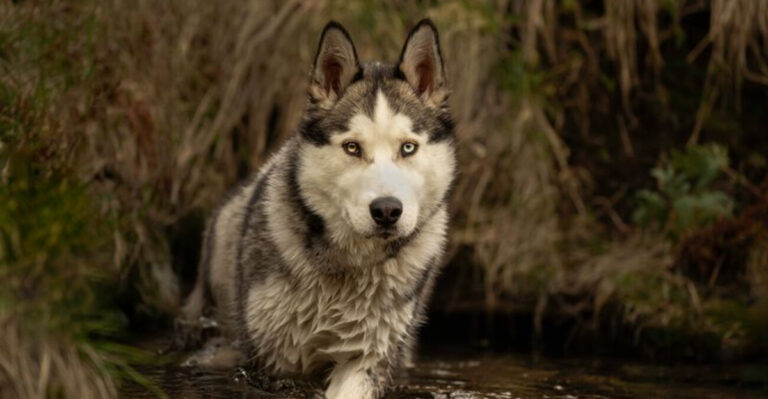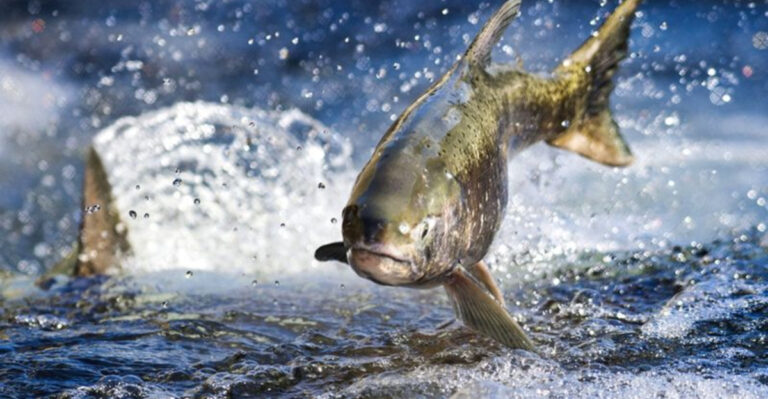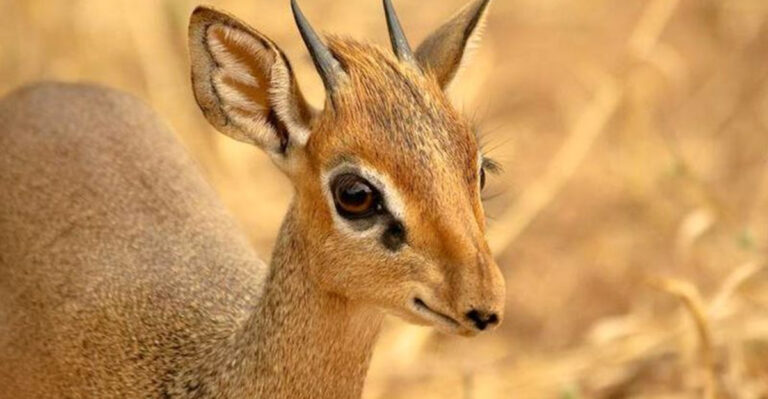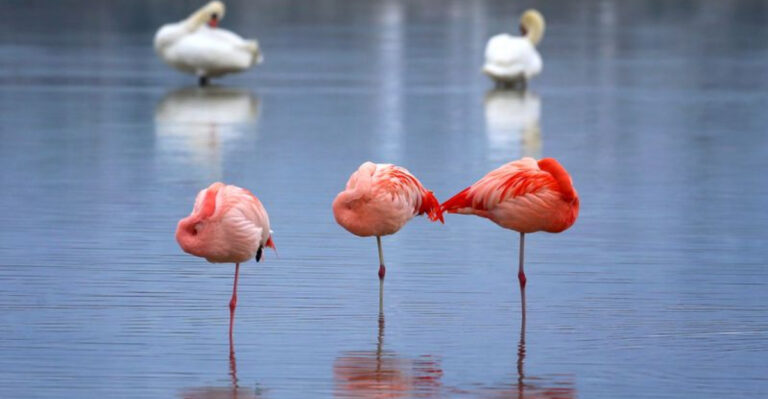24 Dog Breeds That Just Don’t Get Along With Cats
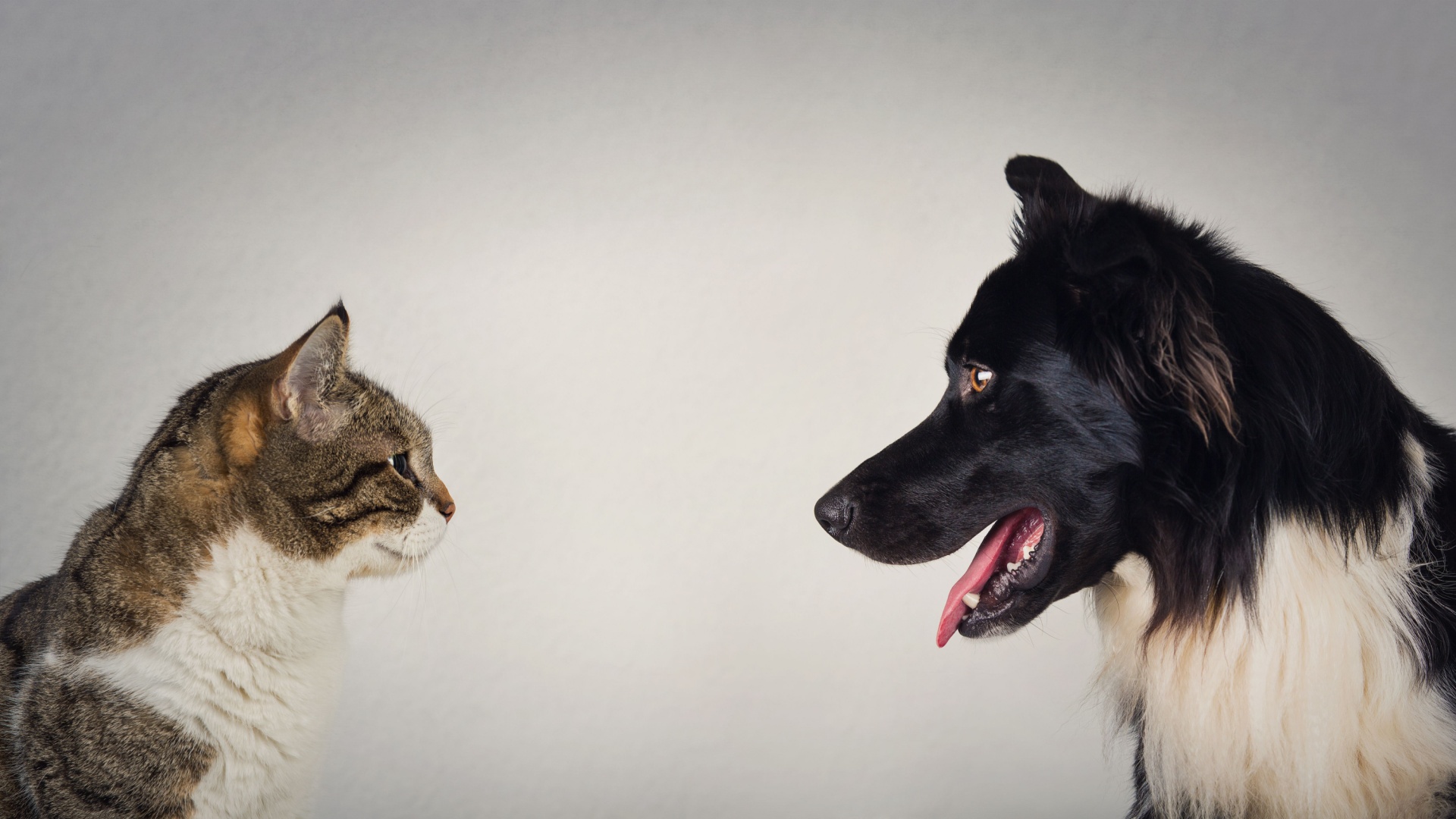
Dogs and cats have been popular pets for years, but not all dogs are feline-friendly. Some breeds, due to their instinctual traits and temperaments, might find it challenging to get along with their feline counterparts.
Understanding these breeds can help potential pet owners make informed decisions when adding a new furry friend to the family.
1. Siberian Husky
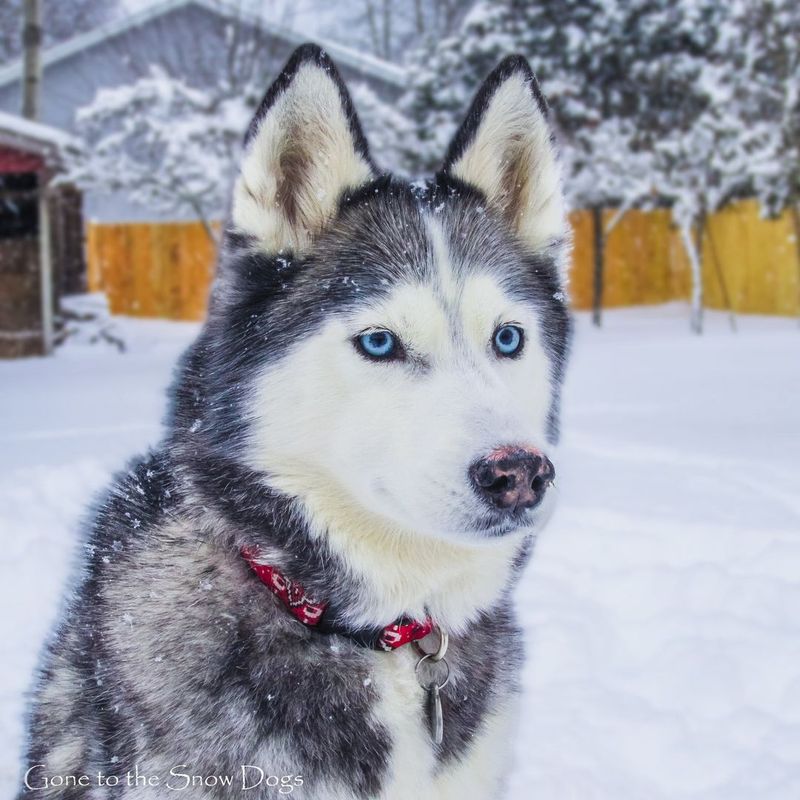
Siberian Huskies are known for their remarkable endurance and energetic nature. Originating from the icy terrains of Siberia, these dogs are built to work hard and cover long distances. Their independent spirit often leads them to act on their instincts, which can include a strong prey drive.
When it comes to living with cats, their natural inclination to chase smaller animals can become an issue. Despite their affectionate nature towards humans, Huskies may see cats as something to chase rather than a friend.
If you’re considering bringing a Husky into a home with cats, early socialization is key. Introducing them in a controlled environment and setting boundaries early on can sometimes help in managing their behaviors, allowing for a peaceful cohabitation. However, constant supervision and patience are required to ensure the safety and harmony of both pets.
2. Jack Russell Terrier
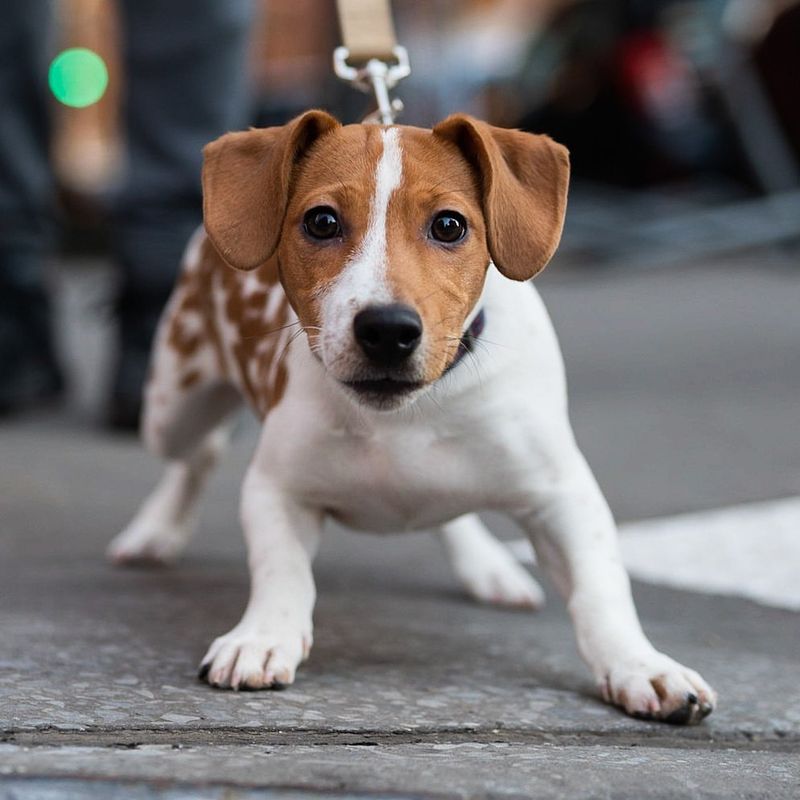
Jack Russell Terriers are small dogs packed with energy and intelligence. Originally bred for hunting foxes, their tenacious spirit and high energy levels are hardwired into their behavior. This makes them excellent at agility sports but can pose challenges in a multi-pet household.
Their instinct to chase and hunt can make them perceive cats as prey, leading to a less than harmonious relationship. Despite their size, Jack Russells are fearless and can be persistent in their pursuits.
For households with both Jack Russells and cats, it’s crucial to establish clear boundaries and provide plenty of mental and physical stimulation for the dog. Training and socialization from a young age can sometimes help mitigate their chasing instincts, but owners should be prepared for a dynamic and active environment.
3. Alaskan Malamute
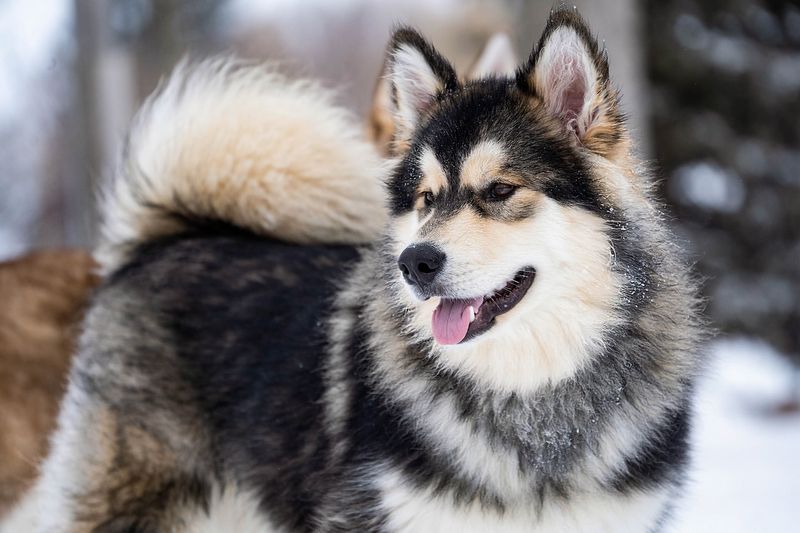
Alaskan Malamutes are large, powerful dogs with a history of pulling heavy sleds across Alaska’s frozen landscapes. Known for their strength and endurance, these dogs have a pack-oriented mentality, which can sometimes lead to dominance issues with other animals.
Their prey drive can be quite pronounced, making them unfriendly towards smaller animals like cats. The Malamute’s instinct to chase and its size can intimidate or harm a cat, even unintentionally.
Integrating an Alaskan Malamute into a home with cats requires careful planning and supervision. Ensuring the dog has a separate space and plenty of exercises can help reduce any potential conflicts. Socialization and training are essential to promote a peaceful coexistence between these strong-willed dogs and feline companions.
4. Greyhound
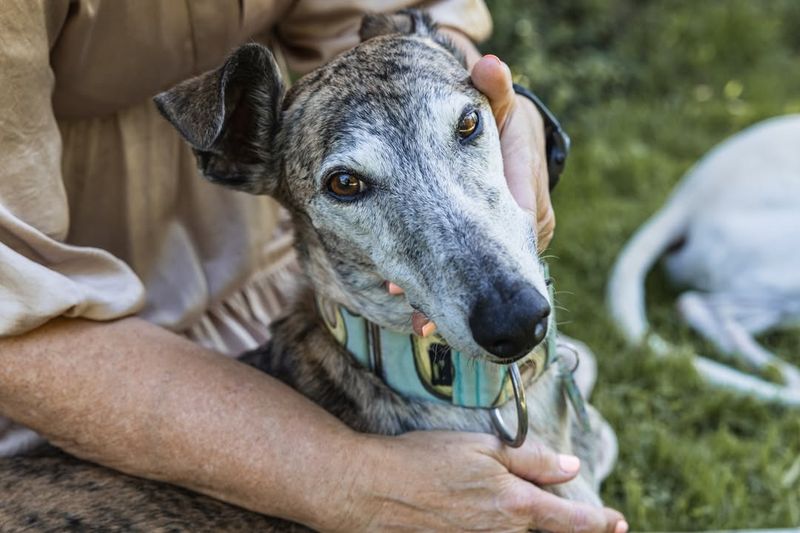
Greyhounds are known for their speed and grace, often seen sprinting in racetracks worldwide. These elegant dogs have a gentle and calm demeanor but possess a strong prey drive due to their history as hunting dogs.
When they see a small, fast-moving animal, like a cat, their instinct is to chase. This behavior can be challenging in households where cats are present, as even a friendly greeting might turn into an unintended chase.
To create a harmonious environment, Greyhounds need proper training and socialization. Introducing them to cats in controlled settings can sometimes help. However, due to their natural tendencies, caution and supervision are always advised to maintain peace and safety for both pets.
5. Dachshund

Dachshunds, affectionately known as “wiener dogs,” are small but spirited. With a history rooted in hunting badgers, these dogs are fearless and tenacious despite their size. Their long bodies and short legs give them a unique appearance, but it’s their personality that stands out.
Their natural instincts to dig and chase can lead to challenges in homes with cats. Dachshunds may see cats as a quarry, something to pursue rather than a companion.
For a household with both Dachshunds and cats, early introductions and training are crucial. Providing both animals their own space and ensuring the dog has sufficient mental stimulation can help manage their behavior. Patience and understanding are key to fostering a peaceful relationship between these two very different animals.
6. Border Collie
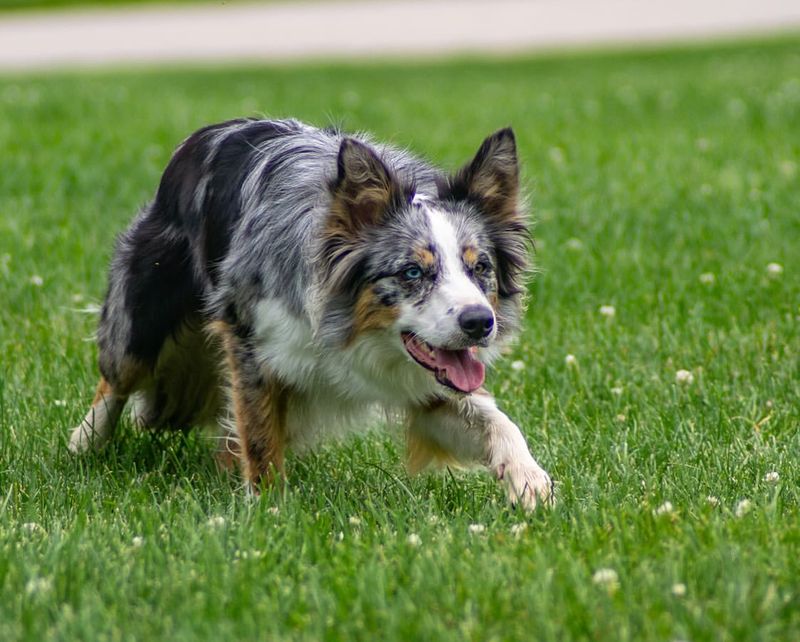
Known for their intelligence and work ethic, Border Collies are exceptional herding dogs. Their high energy and keen minds make them excel in various canine sports and activities. However, this drive can manifest as a strong instinct to control or chase anything that moves, including cats.
In multi-pet households, their herding behavior can lead to tension. They might try to round up a cat, causing stress for the feline and frustration for the owner.
To manage a Border Collie with cats, it’s essential to provide plenty of mental and physical exercise. Proper training and early socialization can help reduce their herding tendencies. With patience and commitment, it’s possible to create a peaceful environment where both pets can thrive.
7. Beagle
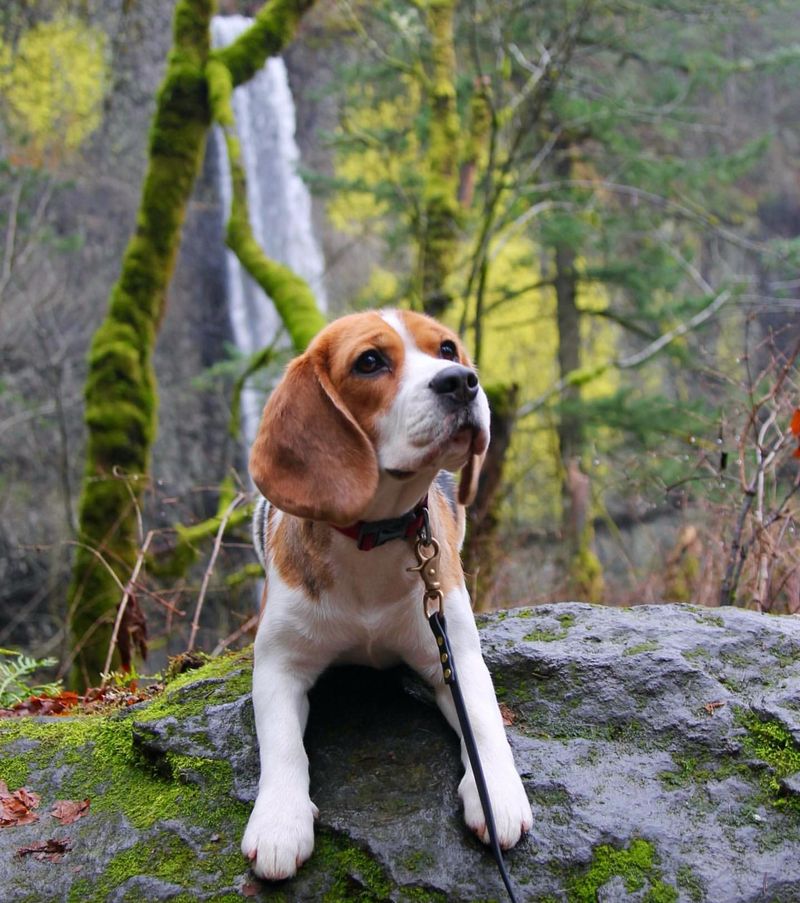
Beagles are known for their incredible sense of smell and playful nature. Originally bred as hunting hounds, they have an innate instinct to chase and explore. This can sometimes lead to trouble in households with cats.
Their natural curiosity and powerful noses drive them to investigate everything, including feline companions. This inquisitiveness can sometimes be misinterpreted by cats, leading to potential conflicts.
To foster a peaceful relationship between Beagles and cats, training and socialization are vital. Engaging the Beagle in scent-based games and providing plenty of exercises can help channel their energy positively. Patience and consistency are key to ensuring both pets can coexist happily.
8. Fox Terrier
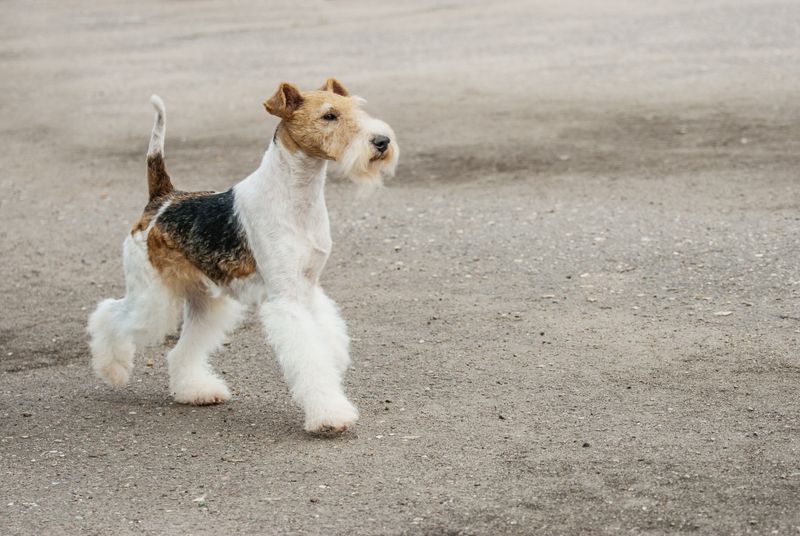
Fox Terriers are small, energetic dogs with a vibrant personality. Originally bred for hunting foxes, their tenacity and enthusiasm are evident in everything they do. This high energy and curiosity can sometimes lead to challenges in homes with cats.
Their natural instinct to chase can make life difficult for feline housemates. While they are affectionate with humans, their exuberance can be overwhelming for cats.
To manage a Fox Terrier with cats, providing plenty of exercises and mental stimulation is crucial. Training and early socialization can help mitigate their chase instinct. With the right environment and boundaries, these lively dogs can learn to share their space with cats.
9. Doberman Pinscher
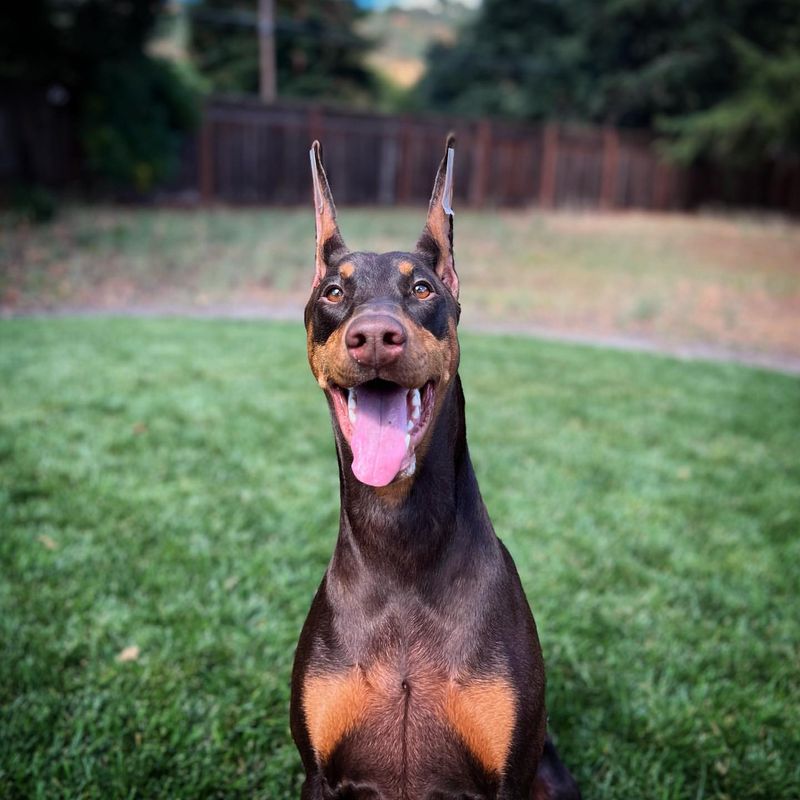
Doberman Pinschers are known for their loyalty and intelligence. These dogs are often characterized by their sleek bodies and protective nature. While they are devoted companions, their strong prey drive can pose challenges in homes with cats.
Dobermans have a natural instinct to chase smaller animals, which can be problematic for feline residents. Their size and strength mean that even playful interactions can be intimidating for cats.
For a harmonious environment, Dobermans need structured training and socialization from an early age. Teaching them to respect boundaries and providing ample exercise can help ensure both pets can live together peacefully. Patience and understanding are essential in managing their instincts.
10. Airedale Terrier
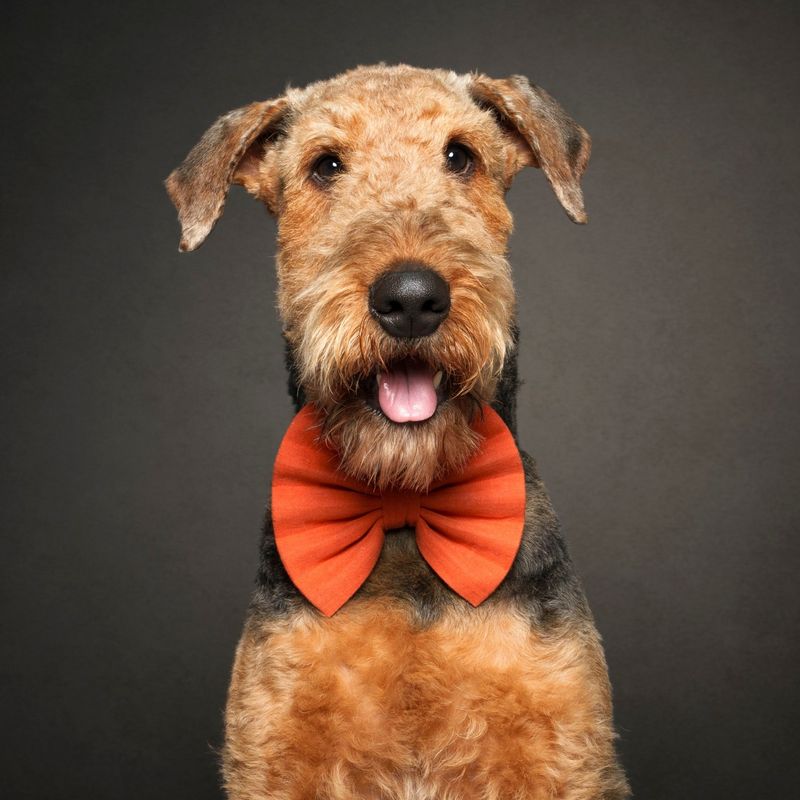
Airedale Terriers, often referred to as the “King of Terriers,” are the largest of their breed group. Known for their intelligence and independence, these dogs were originally bred for hunting and guarding, which makes them alert and sometimes stubborn.
Their natural instincts may lead them to view cats as something to chase. This can be a challenge in multi-pet households, as their playful manner might not be well-received by feline companions.
To promote harmony, it’s crucial to provide Airedales with sufficient exercise and training. Socialization from an early age can help manage their instincts. With consistency and patience, they can learn to live alongside cats peacefully.
11. Whippet

Whippets are elegant, medium-sized dogs known for their speed and agility. Bred for racing and hunting small game, they possess a strong prey drive that can be problematic in homes with cats.
Their instinct to chase anything that moves quickly can be triggered by a running feline. This behavior may lead to stress and tension between the pets.
Managing a Whippet with cats requires careful introductions and supervision. Providing enough exercise and mental stimulation can help redirect their energy. With proper training, Whippets can learn to coexist peacefully with cats, although supervision is always recommended to ensure safety.
12. Miniature Schnauzer
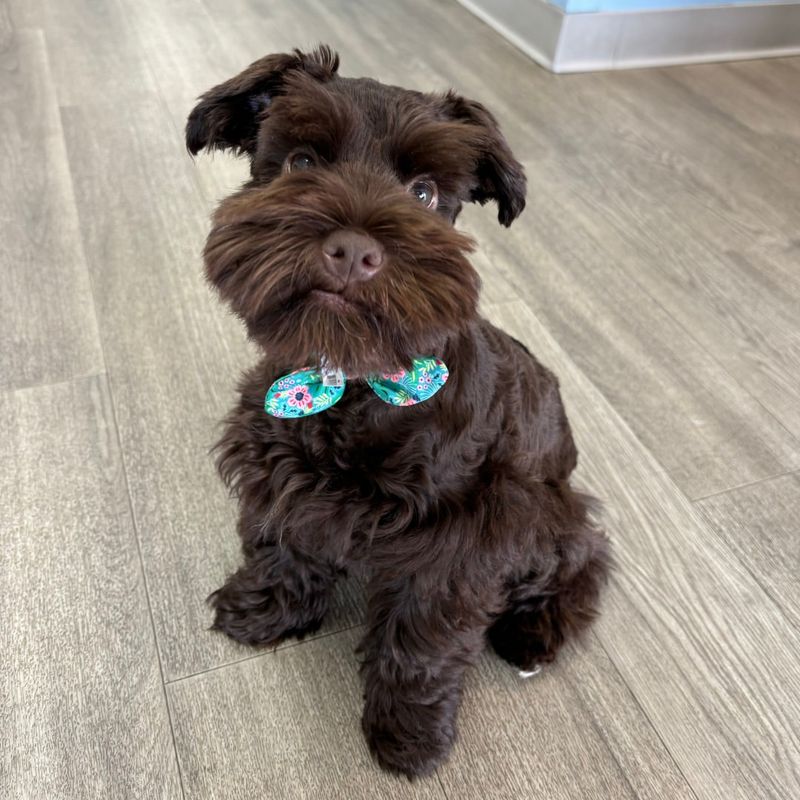
Miniature Schnauzers are small dogs with big personalities. Known for their intelligence and alertness, these dogs were originally bred as rat hunters. Their energetic nature and keen senses mean they are always ready for action.
In a household with cats, their instinct to chase can sometimes cause issues. While they can be affectionate with family, their playful pursuits can be overwhelming for feline friends.
To foster a peaceful environment, it’s important to engage Schnauzers in games and activities that stimulate their minds. Training and early socialization can help manage their behaviors, ensuring both pets can enjoy a harmonious coexistence.
13. Australian Cattle Dog
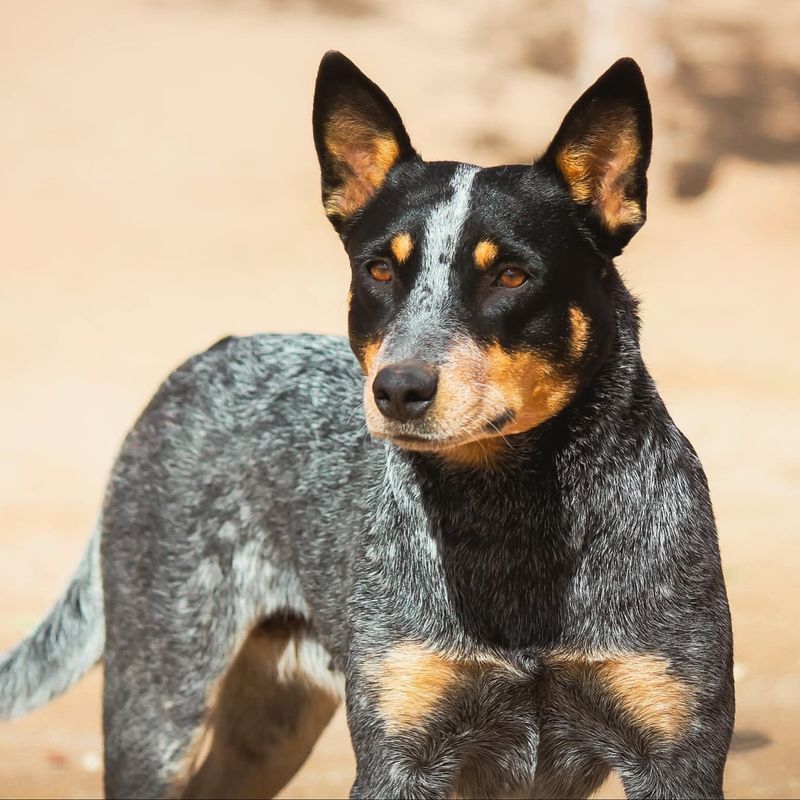
Australian Cattle Dogs, also known as “Blue Heelers,” are renowned for their intelligence and herding skills. These dogs excel at controlling livestock, which can translate into a strong desire to herd other pets, including cats.
Their energy and drive can sometimes lead to friction in a multi-pet household. They might attempt to control a cat’s movements, leading to stress and confusion.
To ensure harmony, these dogs require ample exercise and mental challenges. Training and establishing clear boundaries can help them learn to live with cats. With patience and commitment, Australian Cattle Dogs can adapt to sharing their space peacefully.
14. Weimaraner

Weimaraners, often called the “Silver Ghosts,” are known for their speed, endurance, and striking appearance. These athletic dogs have a strong prey drive, stemming from their history as hunting companions.
In homes with cats, this instinct can pose challenges. Their desire to chase smaller animals can lead to tension and stress for feline residents.
To manage a Weimaraner with cats, early socialization and consistent training are vital. Providing plenty of exercises and structured activities can help channel their energy positively. With patience, these dogs can learn to live harmoniously with cats, though supervision is always advised.
15. Irish Wolfhound
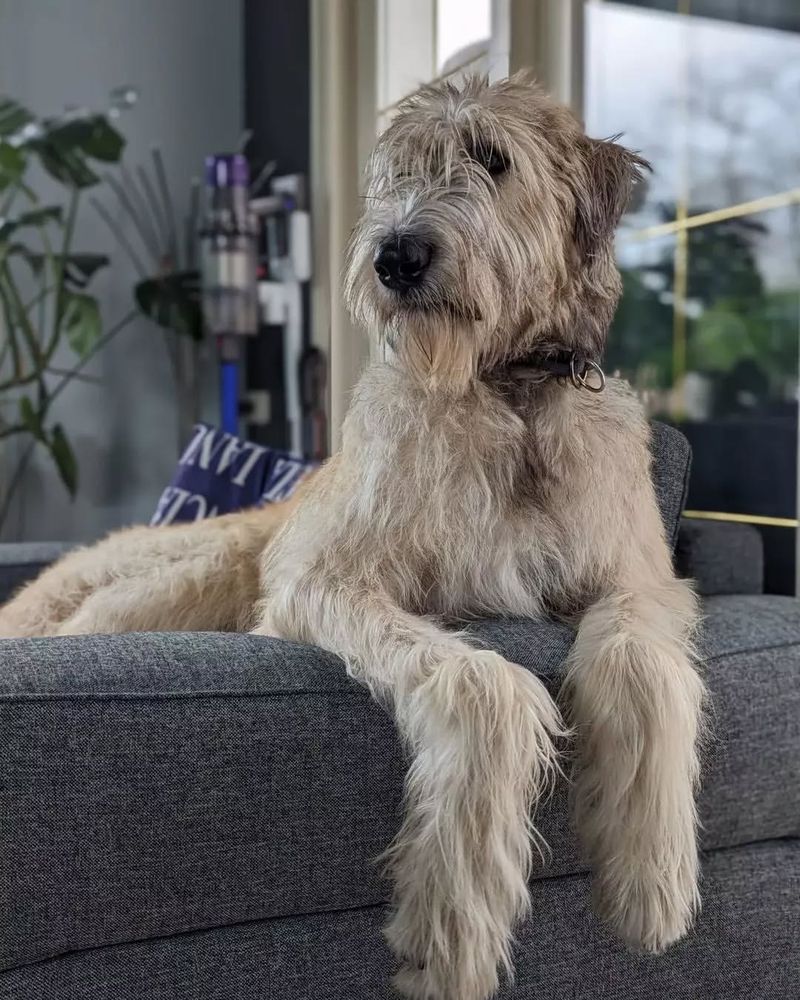
Irish Wolfhounds are gentle giants, known for their calm and kind nature. Despite their size, these dogs are often friendly and patient. However, due to their history as hunting dogs, they have a natural prey drive.
This instinct can lead to complications when living with cats, as their size and strength could intimidate or inadvertently harm a feline friend.
To foster a harmonious relationship, ensure that Irish Wolfhounds receive proper training and socialization. Providing plenty of exercises and maintaining a structured environment can help these dogs adapt to living with cats. With care and supervision, they can become gentle companions to their feline housemates.
16. Shiba Inu
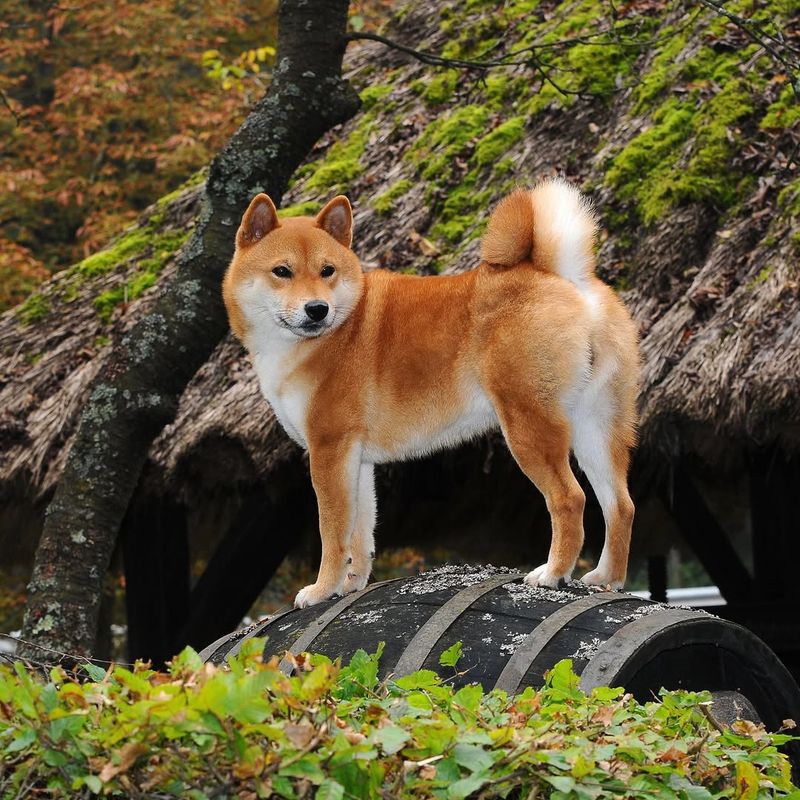
Shiba Inus are small, independent dogs with a big personality. Known for their spirited and sometimes aloof demeanor, these dogs have a strong hunting instinct. This can make them less than ideal companions for cats.
Their tendency to chase and their high energy levels can lead to conflicts in a multi-pet household. While they are loyal to their families, their interactions with cats require careful management.
Early socialization and training are essential for Shiba Inus to coexist with cats. Providing them with sufficient mental and physical stimulation can help manage their behavior. With the right approach, these spirited dogs can learn to live peacefully alongside their feline counterparts.
17. Shetland Sheepdog
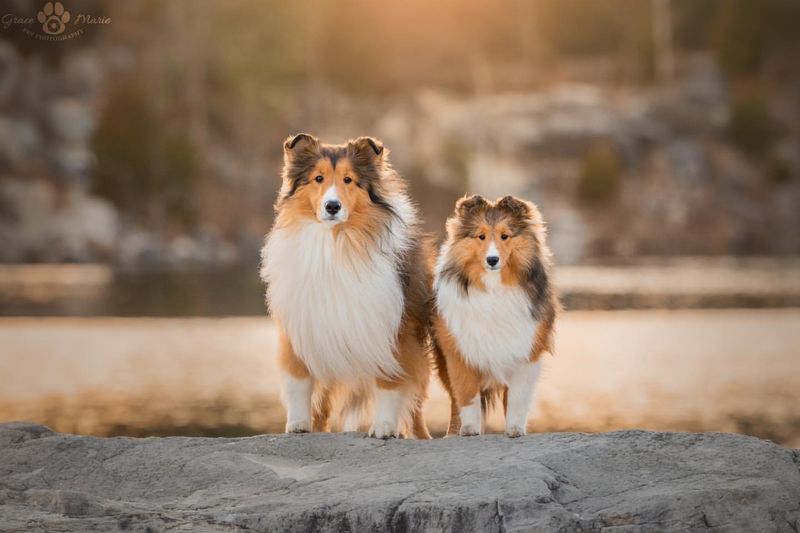
Shetland Sheepdogs, affectionately known as Shelties, are intelligent and agile herding dogs. Their natural instinct to herd can sometimes extend to other pets in the household, including cats.
This behavior can lead to tension, as they might try to control a cat’s movements. While Shelties are generally gentle, their herding drive can be overwhelming for feline companions.
To ensure a peaceful coexistence, provide Shelties with plenty of exercises and mental challenges. Training and early introductions are crucial to managing their herding instincts. With consistency and patience, these dogs can learn to live harmoniously with cats.
18. Afghan Hound
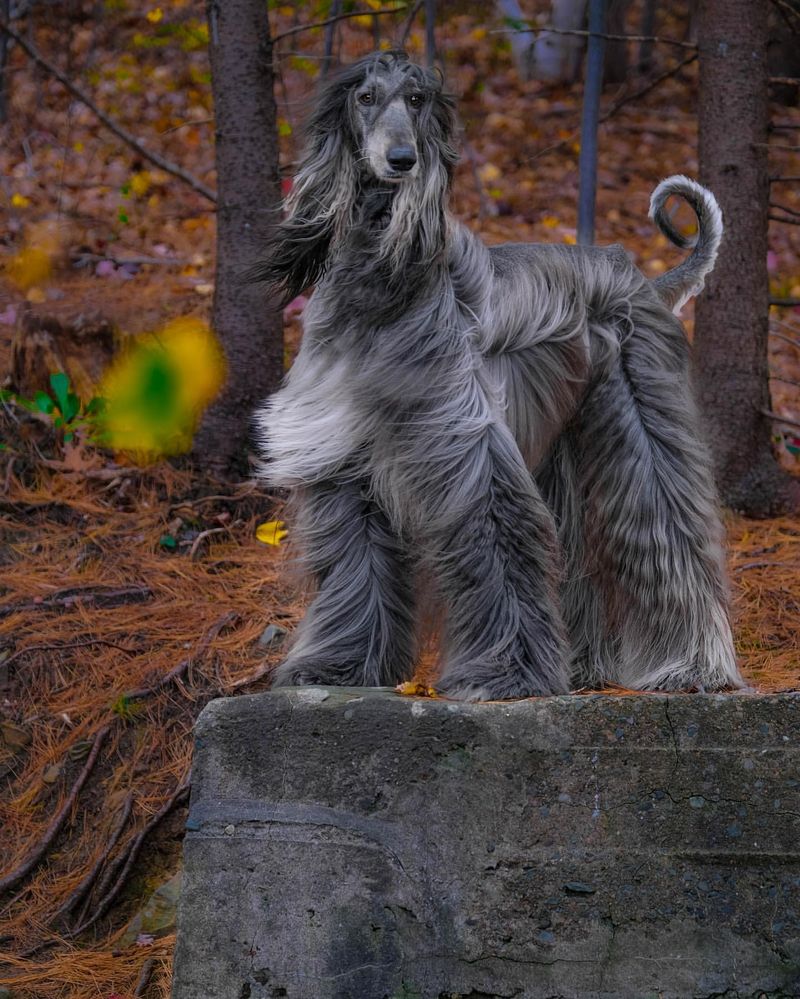
Afghan Hounds are known for their elegance and independence. These dogs are often aloof but possess a strong prey drive, a trait inherited from their hunting past.
In a household with cats, their instinct to chase can create challenges. Afghan Hounds might see a cat as a potential quarry, leading to stress and tension.
To manage their relationship with cats, early socialization and consistent training are key. Providing them with sufficient exercise and setting boundaries can help them adapt to living with feline companions. With care and patience, Afghan Hounds can learn to coexist peacefully with cats.
19. Basenji
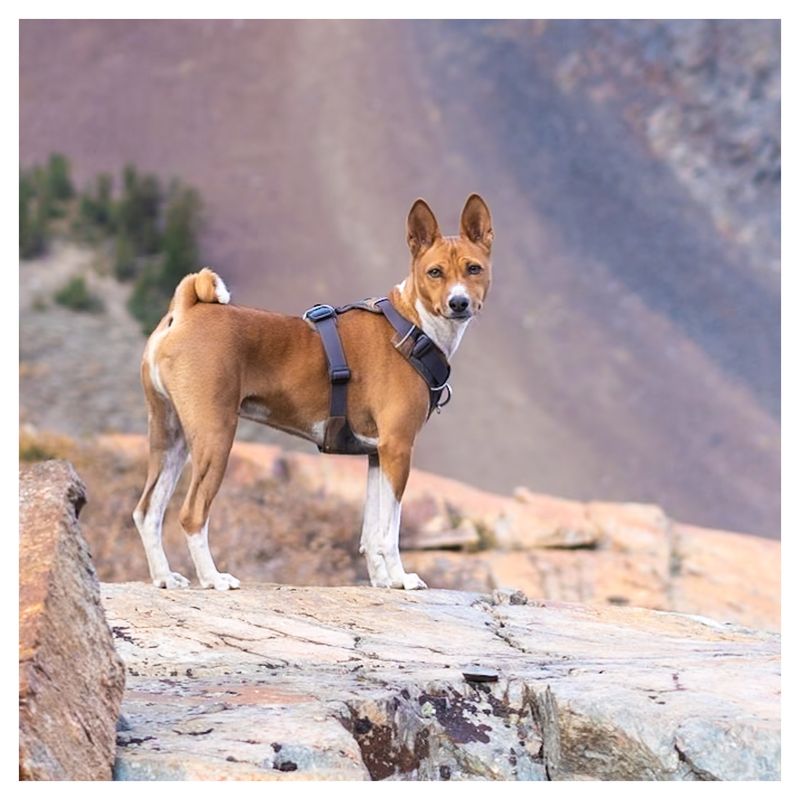
Basenjis are known for their independent and adventurous spirit. Often referred to as “barkless dogs,” they communicate with unique sounds but have a strong prey drive, making them less compatible with cats.
Their inclination to chase and explore can lead to friction in multi-pet households. While they are affectionate with their human families, their interactions with cats require supervision.
To promote harmony, provide Basenjis with enough mental and physical stimulation. Training and early socialization are crucial to manage their instincts. With the right approach, these unique dogs can learn to share their space peacefully with cats.
20. Chihuahua
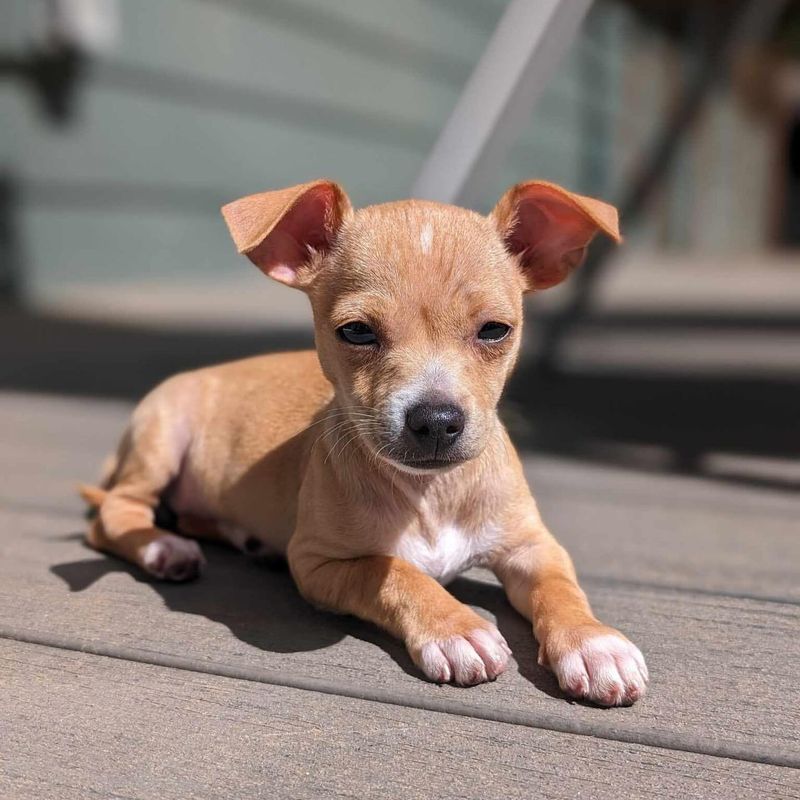
Chihuahuas may be small in stature, but they have big personalities. Known for their confidence and energy, these dogs can be quite territorial. Their boldness might not be well-received by feline housemates.
In households with cats, a Chihuahua’s tendency to assert dominance can lead to conflicts. Their playful yet persistent nature can be overwhelming for cats.
To ensure a peaceful coexistence, it’s important to establish boundaries and provide Chihuahuas with mental stimulation. Training and early introductions can help manage their behavior, allowing them to live harmoniously with feline companions. Patience and consistency are key to fostering a positive relationship between these spirited dogs and cats.
21. Italian Greyhound

Italian Greyhounds are small, elegant dogs known for their gentle demeanor and speed. Despite their size, they have a strong prey drive, much like their larger Greyhound relatives.
This instinct can lead to challenges in a household with cats, as their desire to chase can be triggered by a fast-moving feline. The resulting stress can affect both pets negatively.
To manage this, providing Italian Greyhounds with sufficient exercise and mental challenges is essential. Training and socialization from a young age can help them adapt to living with cats. With the right approach, they can learn to share their home peacefully with their feline counterparts.
22. Pharaoh Hound
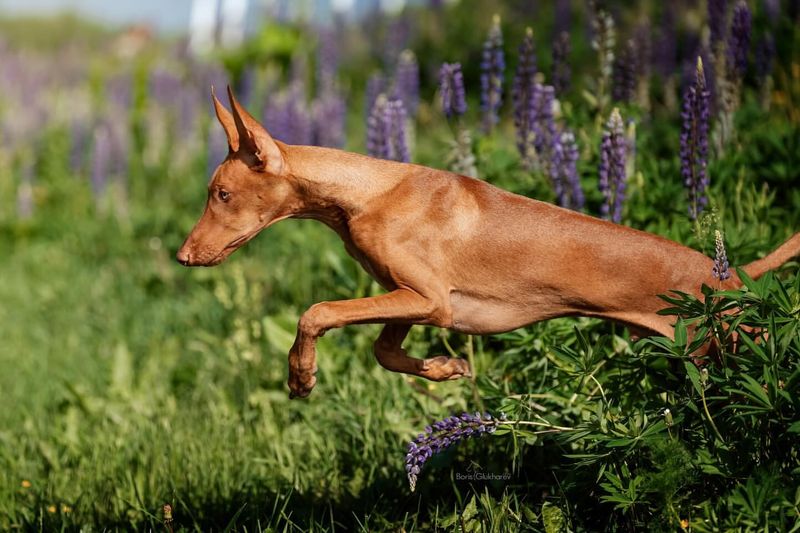
Pharaoh Hounds are known for their elegance and hunting prowess. With a history that dates back to ancient Egypt, these dogs have a strong prey drive, making them challenging companions for cats.
Their instinct to chase can lead to tension in households with both cats and dogs. While Pharaoh Hounds are affectionate with people, their interactions with cats require careful supervision.
To encourage a peaceful coexistence, Pharaoh Hounds need plenty of exercises and mental stimulation. Early socialization and training can help manage their instincts, allowing them to live harmoniously with feline companions. Patience and consistency are key in nurturing a positive relationship between these regal dogs and cats.
23. Presa Canario
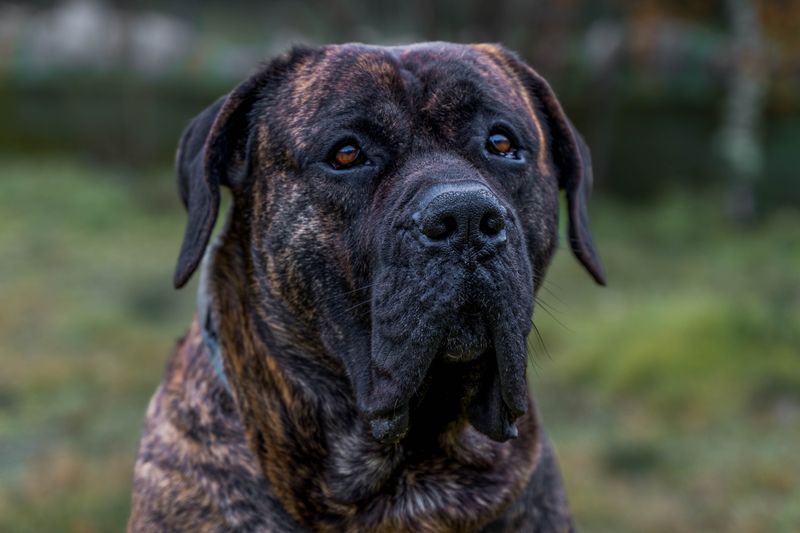
The Presa Canario is a robust and confident breed from the Canary Islands, known for its strong protective instincts. This dog is often wary of new animals, including cats, due to its guarding background.
Their assertive nature means they may see cats as potential threats, leading to possible confrontations. Careful management is essential to prevent any issues between a Presa Canario and a feline.
Building a peaceful environment involves consistent training, early socialization, and ensuring each pet has its own space. Owners need to be proactive in managing interactions to maintain harmony.
24. Saluki
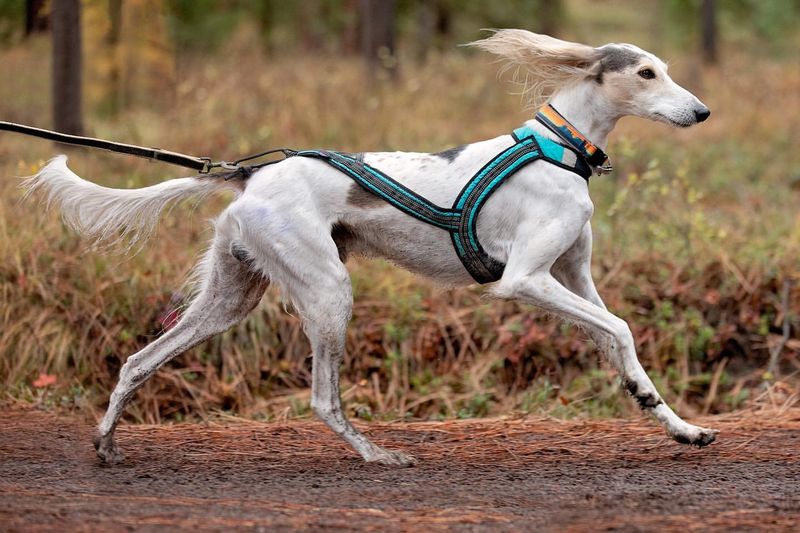
Salukis are elegant and graceful dogs, known for their speed and agility. With a history as hunting dogs in the Middle East, they possess a strong prey drive, which can be an issue in homes with cats.
Their instinct to chase can lead to stress and tension between pets, especially if a cat moves quickly. This natural behavior requires careful management to ensure a peaceful household.
To help Salukis live peacefully with cats, providing plenty of exercise and mental challenges is essential. Training and socialization from a young age can help manage their instincts. With patience and the right environment, Salukis can learn to share their homes with feline friends.

